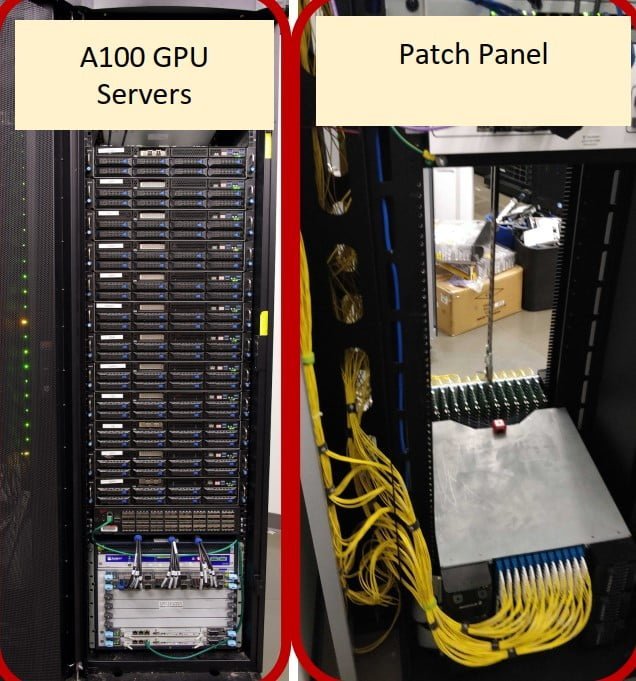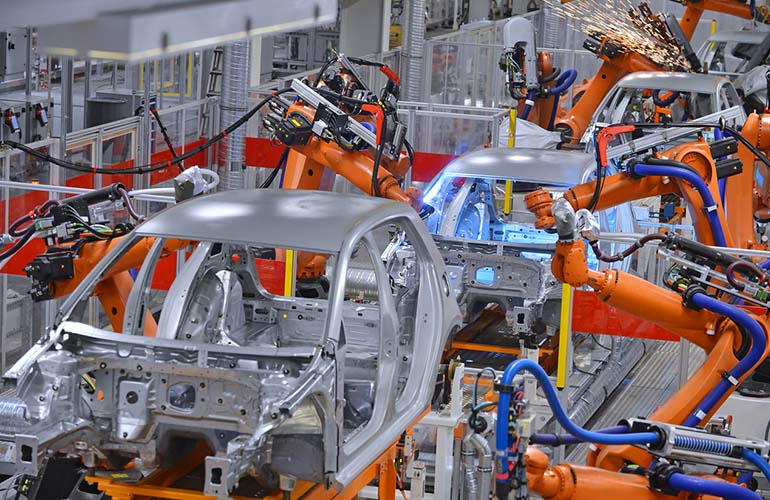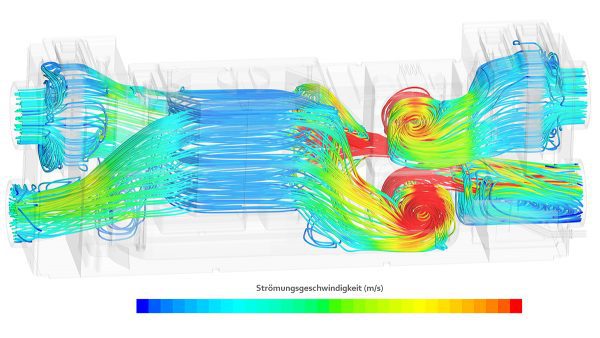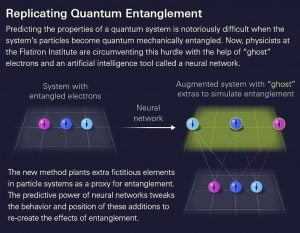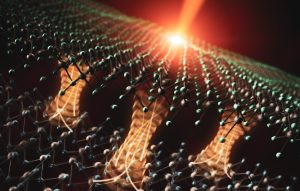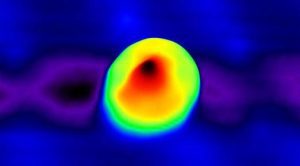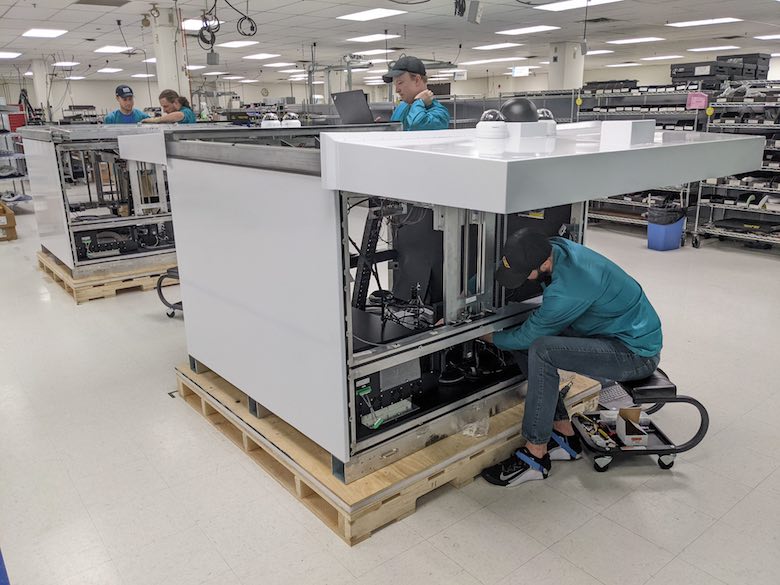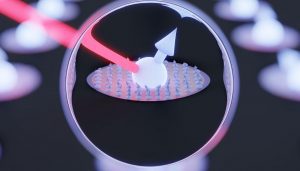
Researchers at Meta, MIT and other institutions connected servers with a dozen Nvidia GPUs with optical switches and a robotic arm, devising a new interconnect that could be used for machine learning. The fabric, called “TopoOpt,” can create network topologies on the fly depending on computing needs. The technology comes as high-performance computers are being […]

Advances in biological imaging have given scientists unprecedented datasets with extremely high resolutions, yet data interpretation tools are working overtime to keep up. This is particularly evident in the case of cryo-electron tomograms (cryo-ET), where the samples exhibit inherently low contrast due to the limited electron dose that can be applied during imaging before radiation […]

Industrial robots, particularly those in the automotive industry, complement human workers rather than replace them. The post Researchers find robots create jobs in long term appeared first on Robotics Business Review.

If you’ve ever been in a supercomputer datacenter, you’ll know that they don’t tend to be quiet places – but now, supercomputing is helping make some machinery hum quieter. ebm-papst, a German fan and electric motor manufacturer, is applying the Hawk supercomputer at the High-Performance Computing Center Stuttgart (HLRS) to understand how and why its […]

Predicting the properties of a molecule or material requires calculating the collective behavior of its electrons. Such predictions could one day help researchers develop new pharmaceuticals or design materials with sought-after properties such as superconductivity. The problem is that electrons can become ‘quantum mechanically’ entangled with one another, meaning they can no longer be treated […]

As semiconductor devices become ever smaller, researchers are exploring two-dimensional (2D) materials for potential applications in transistors and optoelectronics. Controlling the flow of electricity and heat through these materials is key to their functionality, but first we need to understand the details of those behaviors at atomic scales. The post Electronic Bridge Allows Rapid Energy […]

Scientists at the U.S. Department of Energy’s (DOE) Argonne National Laboratory report they can precisely rotate a single molecule that small on demand. The key ingredient is a single atom of europium, a rare earth element. It rests at the center of a complex of different atoms and gives the molecule many potential applications. The […]

Your manufacturer should feel like an extension of your business. Manufacturing relationships are just that – relationships. Since your contract manufacturer (CM) will be working alongside you, actively learning about your robotic system and the requirements specific to your company and application, your partnering decision needs to be deliberate and extend beyond bottom-line cost comparisons. […]

An international team of scientists have demonstrated a leap in preserving the quantum coherence of quantum dot spin qubits as part of the global push for practical quantum networks and quantum computers. These technologies will be transformative to a broad range of industries and research efforts: from the security of information transfer, through the search […]

A research team led by the University of Bristol is studying fish sensory organs to better understand the cues they give to determine collective behavior. These researchers think these same cues could be used in swarms of underwater robots. The post How fish sensory organs could improve underwater robots’ navigation skills appeared first on The […]
